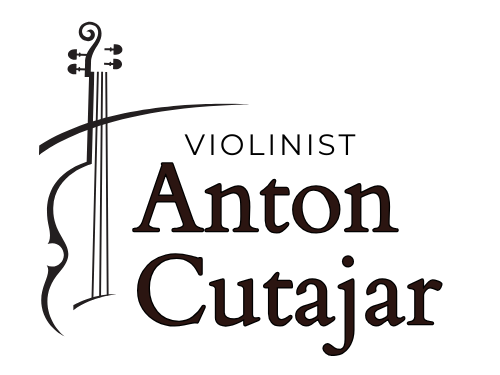Master the Violin with Lessons in the Sarasota Area
My Goals
To provide solid instructions
Students will learn correct technique, musicality, and how to read music.
To cater lessons to each student
I make it my goal to see students as individuals and to meet their unique needs.
To equip my students for success
Enjoyment from music comes when students of all levels know they can do it!
Violin Lessons Overview
Key Information
Pricing
My Studio $120/ month
Your Home $150/ month
* You get a minimum of 4 forty five minute lessons
Playing Styles
Classical, Blues, Pop, Rock, Country and Bluegrass.
Acoustic and Electric.
Teaching Materials Used
Suzuki: Violin method for Strings
Hrimaly: Scale Studies for Violin
Dont: Twenty-Four Etudes and Caprices for the Violin
Sevcik: School of Violin Techniques
School of Bowing Techniques
Shifting and Preparatory Scale Studies
Kreutzer: 42 Studies for the Violin
Whistler: Developing Double-Stops for the Violin
Introducing the Positions, Volume I & II
Rode: 24 Caprices
Wolfhart: Sixty Studies for the Violin, Books I & II
Why Take Private lessons?
1. Music lessons are essential to playing an instrument well.
- The ability to play an instrument cannot be self-taught.
- Students gain direct access to their problems and solutions to those problems through one-on-one instruction.
- A private instructor will be able to teach students how to practice correctly and be most productive in their practicing.
- Lessons help stop and correct bad habits early on before they become big problems.
- A private instructor can give students the skills they need to enjoy music into adulthood.
2. School instruction is not enough.
- Due to time restraints students often receive little to no one-on-one time with music faculty.
- Students need one-on-one time to continue building on the good techniques that are initially taught in school.
- The amount of group time students receive through orchestra is not enough to learn an instrument.
- It is best to start lessons earlier (age 4+) than when schools make it available.
- Music faculty in schools often do not have the time to make sure students learn good practice habits and efficient use of practice time.
- Without one-on-one attention students are prone to bad habits which take twice as long to correct.
- Schools alone cannot prepare students to study music as a career.
3. Private lessons help foster success in other areas of life.
- Becoming skilled at an instrument gives students confidence and a sense of accomplishment in life not offered by other disciplines.
- Studies have shown a link between music and a student's performance in other areas of study:
- Music students have higher test scores and IQs
- Music promotes creativity
- Music aids in student's success in other fields of study
- Music promotes self-sufficiency as an adult
- Music students have decreased disciplinary problems
- Music aids in giving students problem solving techniques
- Music provides a healthy and unique atmosphere for making and keeping friends
- Music gives students the ability to express their emotions in a healthy way.
- Studies show that the ability to perform complex rhythms allow students to make faster and more precise corrections in many academic and physical situations.
- Lesson and opportunities to perform teach students to conquer fear.
Recommended Gear for Optimal Learning
Essential Equipment
Violin
There are different sizes of violins: full-size, 7/8, 3/4, 1/2, 1/4, etc. I can help you determine what size violin you will need or a seller/renter should be able to help you.
The violin must have four fine-tuners (small devices that allow one to tune the strings with precision). You can buy or rent an instrument.
Bow
Nicer bows are made of wood and suggested for older or advanced students. For beginners or younger students I suggest a fiberglass bow to start. They are basically unbreakable. A bow should be included with a violin rental.
Shoulder rest (recommended)
A device that allows one to hold the violin properly and with correct posture. I recommend the KUN shoulder rest. It must be the correct size for the instrument. Example: a 1/2 size violin requires a KUN shoulder rest that will fit a 1/2 size violin. Shoulder rests usually help in holding the violin.
Case
Should be included with a violin rental. If not, the cost can be as little as $50 and go up to about $1,000.00 and up!
Rosin
Rosin is a tree sap product that we put on the bow to make the hair sticky thus producing sound. Cost, about $5.
Stand
A music stand is helpful because it is adjustable and can put the music at the proper height for students. Cost, $15 and up.
Cleaning Cloth
Any soft cloth will do. This is used to clean the rosin dust off of the instrument and bow.
Additional Recommended Equipment
Electronic Tuner
To help tune the strings and teach the student when a note is in tune. You will want a chromatic tuner. A tuner is more beneficial than a pitch pipe.
Electronic Metronome
A device that produces a 'beat' that the musician can follow. Excellent in the development of accurate rhythm. There are metronome/tuner combinations for $30 and up.
1 complete extra set of strings
In case a string breaks, there will be an instant replacement. For students, I recommend the Thomastik Dominant brand. If a violin is smaller than full-size, make sure and buy strings that are the size of the violin. Cost, $30 and up.
Find the Perfect Fit for Your Musical Journey
Ensure the Right Fit for Optimal Performance
Violins come in 8 different sizes: 4/4 (also called full size), 3/4, 1/2, 1/4, 1/8, 1/10, and 1/16. The 4/4 size is the biggest, and the 1/16 size is the smallest. All adults, regardless of their size, use the 4/4 violin. This is also called a full-size violin. Most children over the age of 12 will also play a 4/4 (full-sized) violin.
Violin Sizing by Measurement
Children and small adults will need to take a measurement.
Let's get started!
- We first need a measurement from the neck to the wrist joint. With this, we can estimate the proper size violin for you.
- Extend the arm so that it is perpendicular to the body.
- Measure the length from the neck to the wrist joint.
- Measure the length from the neck to the middle of the palm.
- Now match the measurement in inches to the chart below.
The correct size will be below the measurement.
Violin Sizing Chart
| Violin Size | Length (in inches) |
|---|---|
| 4/4 (Full Size) | 23 |
| 3/4 | 22 |
| 1/2 | 20 |
| 1/4 | 18 1/2 |
| 1/8 | 16 1/2 |
| 1/10 | 15 |
| 1/16 | 14 |
Violin Sizes by Age
| Violin Size | Age |
|---|---|
| 4/4 (Full Size) | 12 year and older |
| 3/4 | 10-11 |
| 1/2 | 8-9 |
| 1/4 | 6-7 |
| 1/8 | 5-6 |
| 1/10 | 4-5 |
| 1/16 | 3 and below |
Lesson Policy Overview
Important Guidelines for Students and Parents
Starting
Students may begin lessons at any time during the year. Please call to schedule your first free "get to know you" lesson. I believe a "get to know you" lesson is beneficial for the student, parent and me. It gives us all a chance to get acquainted and decide if it is a perfect fit.
Missing Class
Only excused absences, such as sickness*, family emergency or other unavoidable emergencies, will be made up. Missed lessons due to conflicts in schedule that were not pre-excused, parties or "oops I forgot" will NOT be made up and you will be charged for the missed/cancelled lesson.
Practicing
Students are expected to commit to daily practicing. The length of time will be different for each student and discussed at the first lesson.
Parent Responsibilities
Experience has shown that the speed at which a child learns a skill such as playing a stringed instrument is directly associated with the amount of parent involvement. Parents of young and beginner students are required to attend all lessons and supervise all home practice. As the student approaches adolescence the parent does not need to attend lessons but can remain actively interested by asking their child how the lessons are going and monitoring daily practice. Parents are welcome to call me to discuss their child’s progress.

